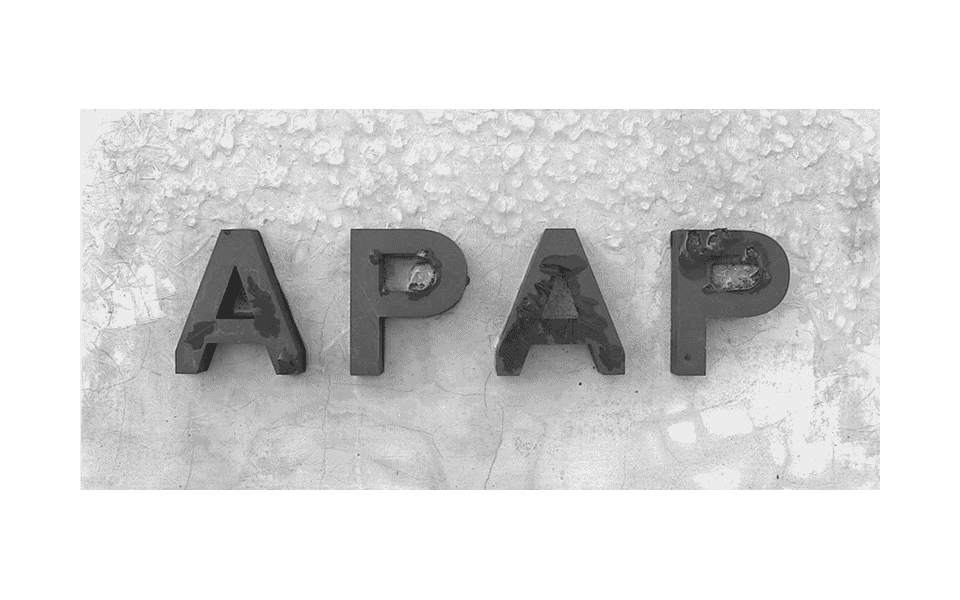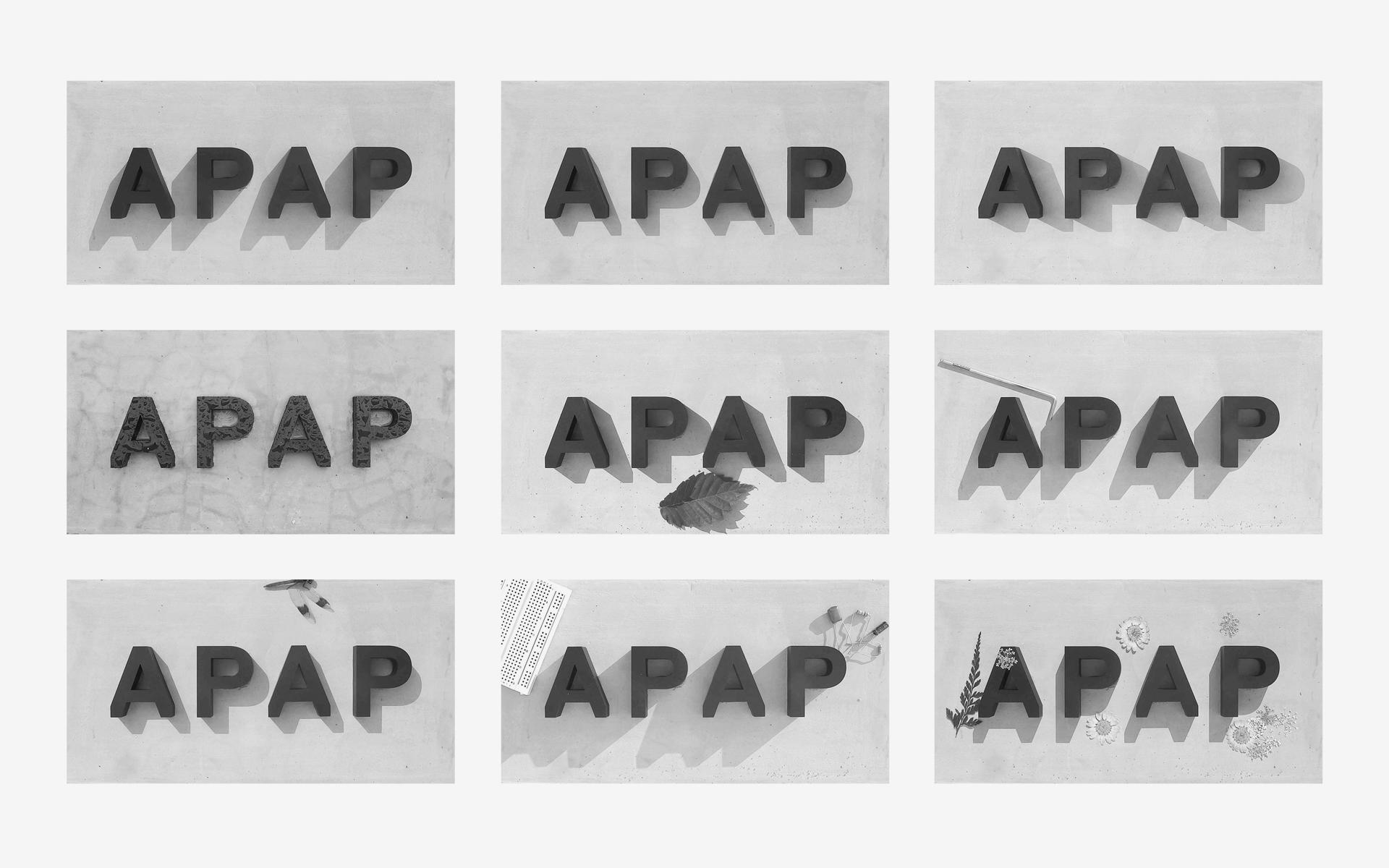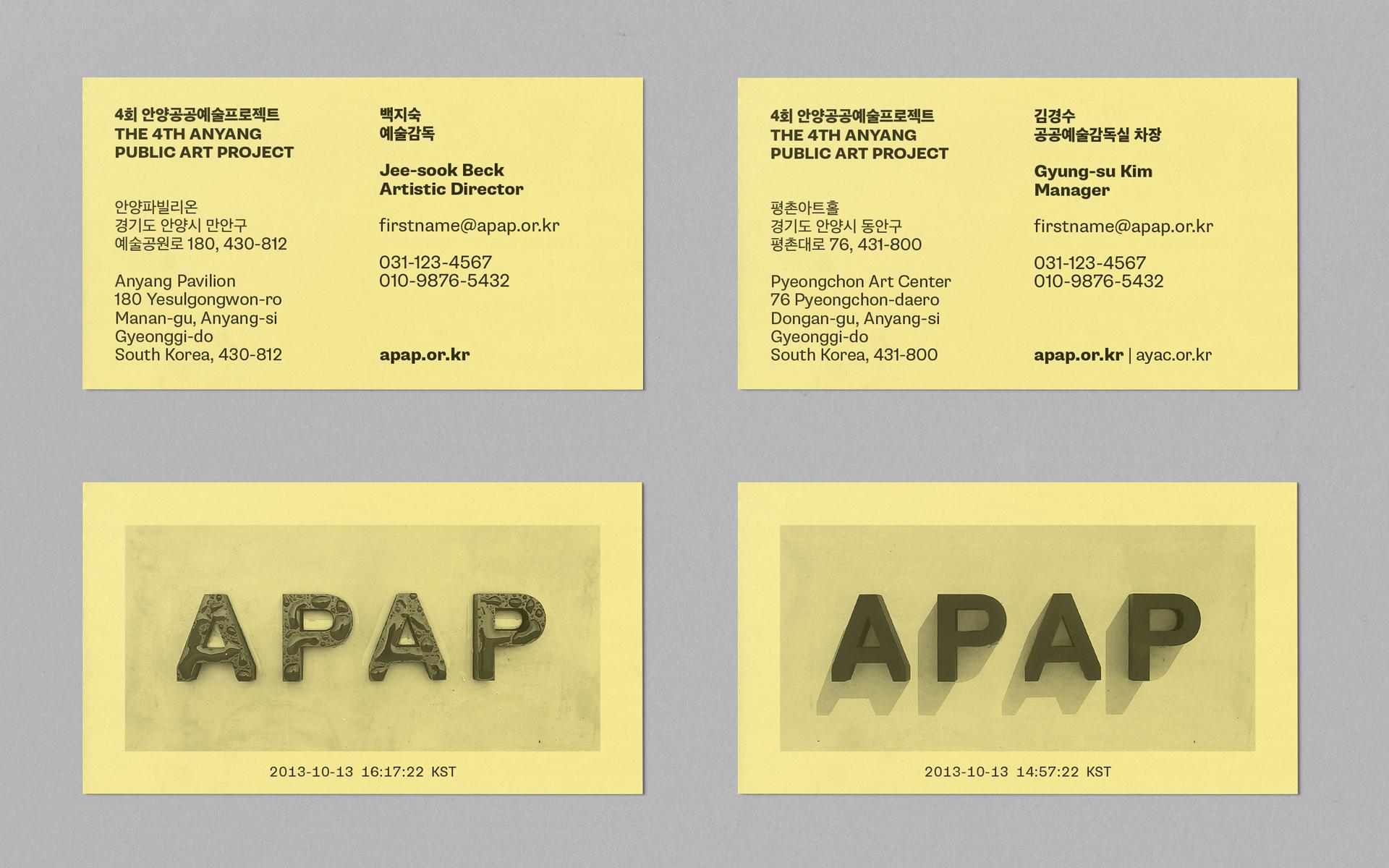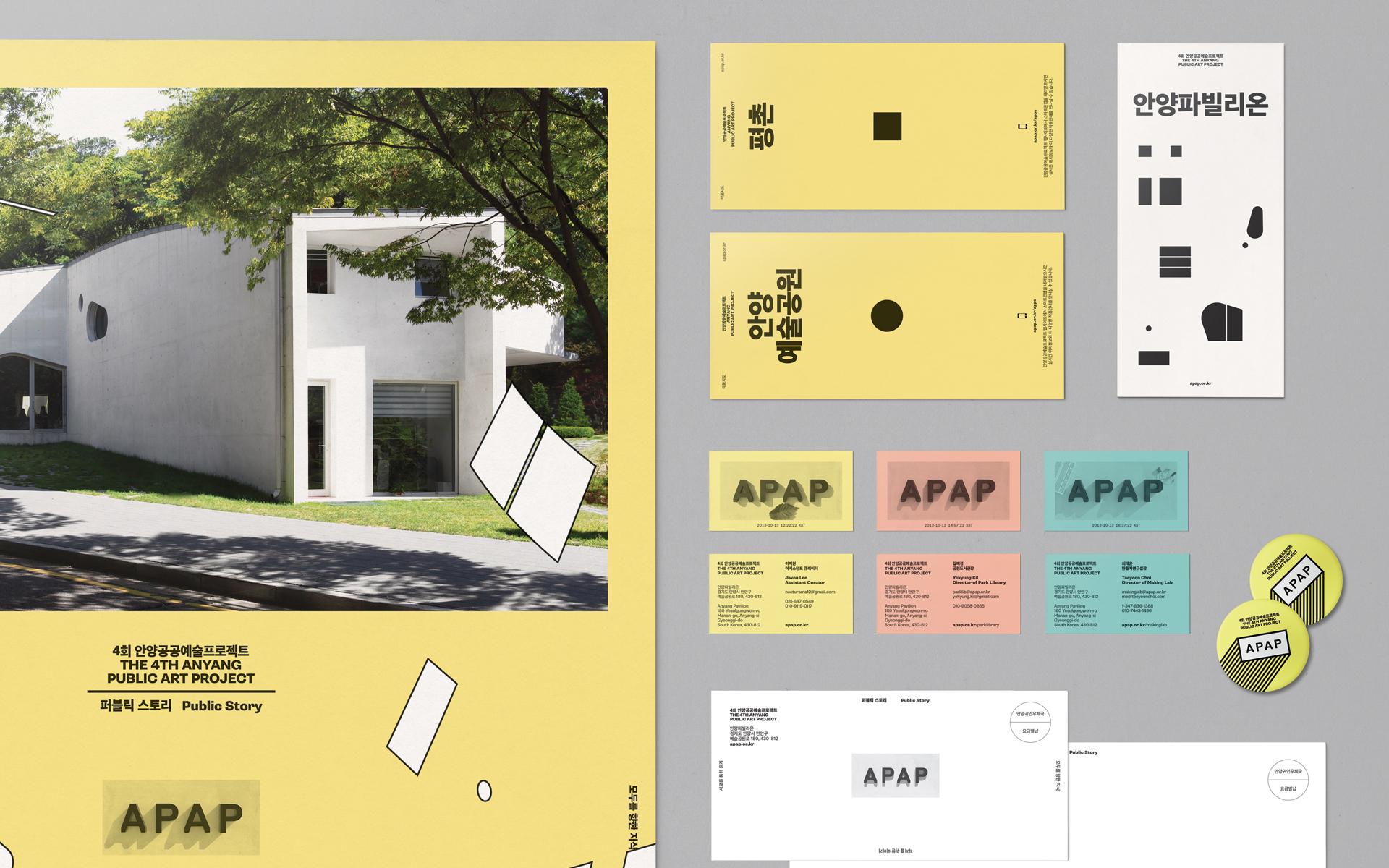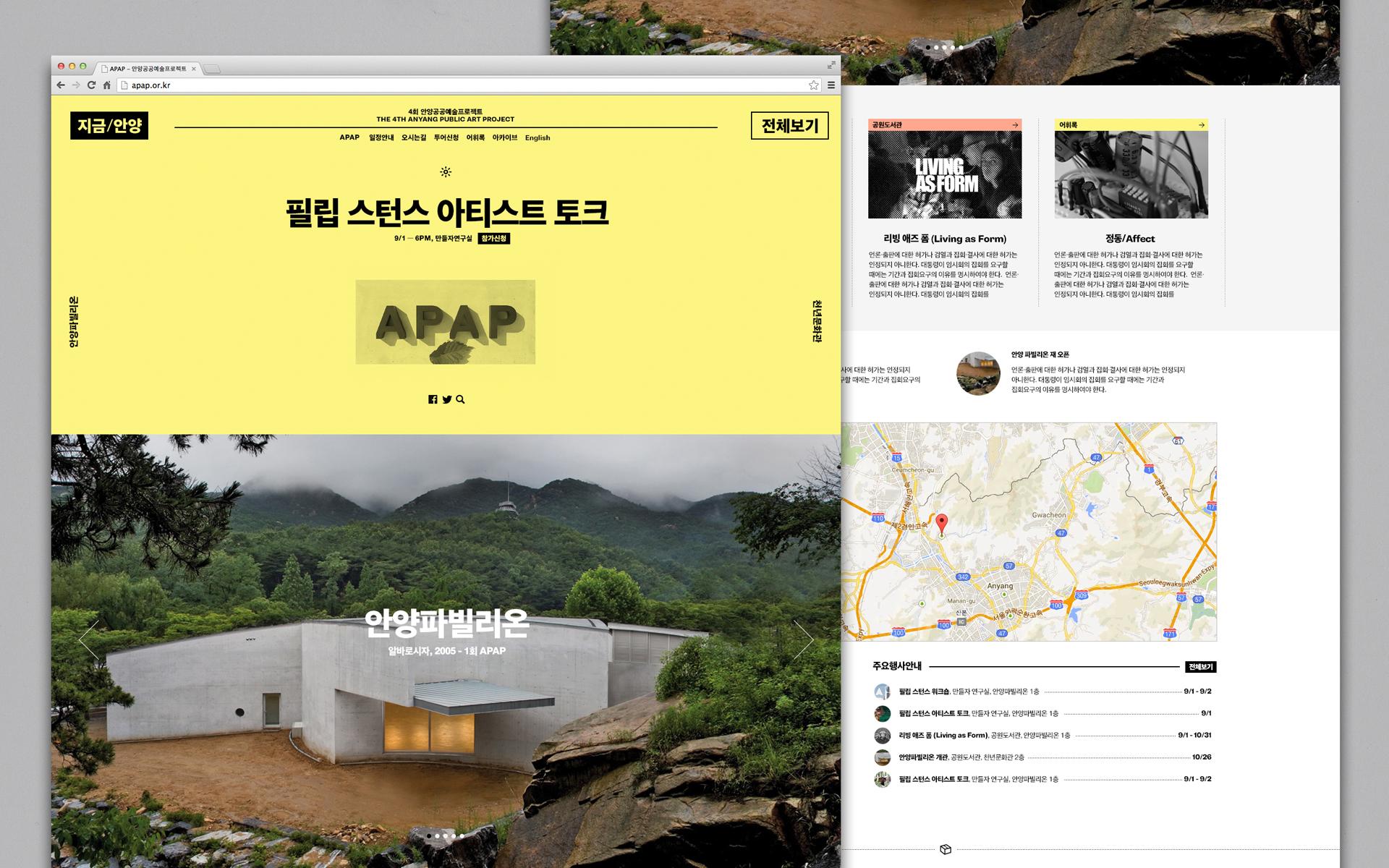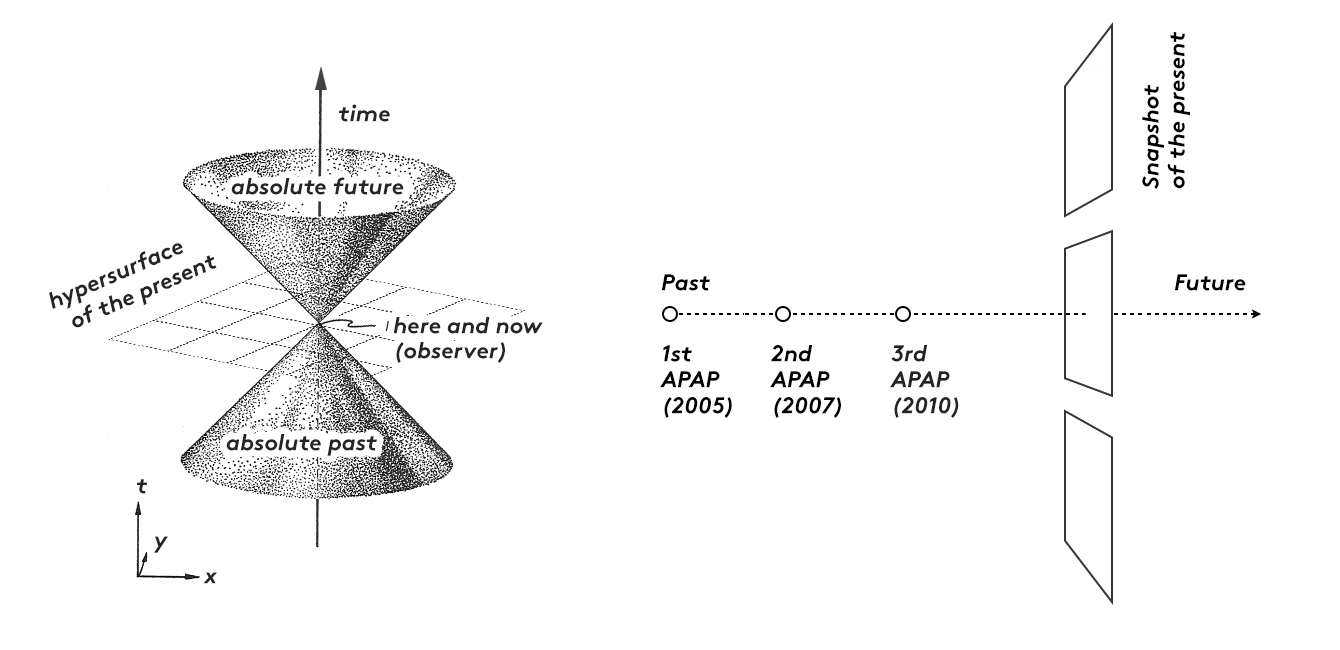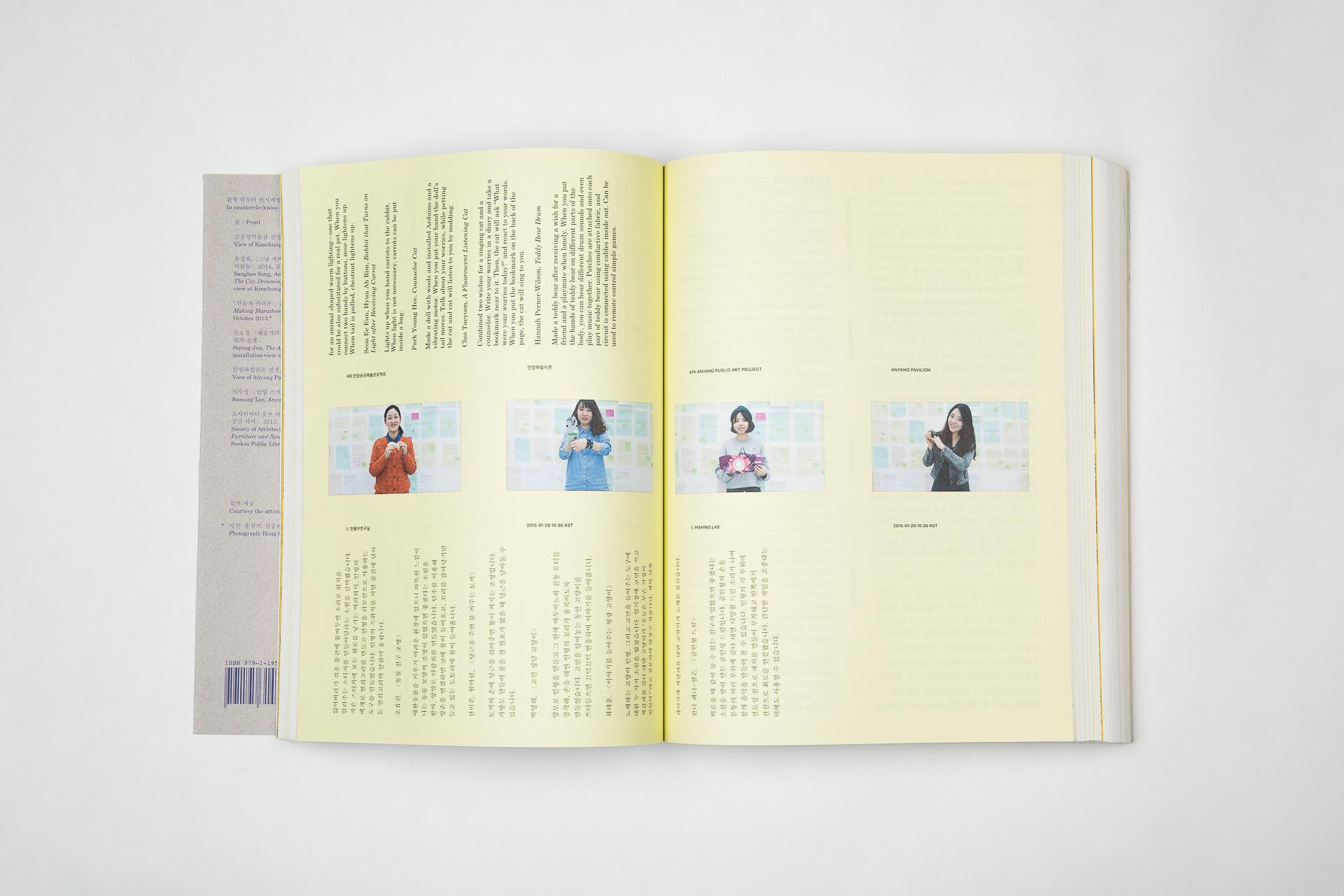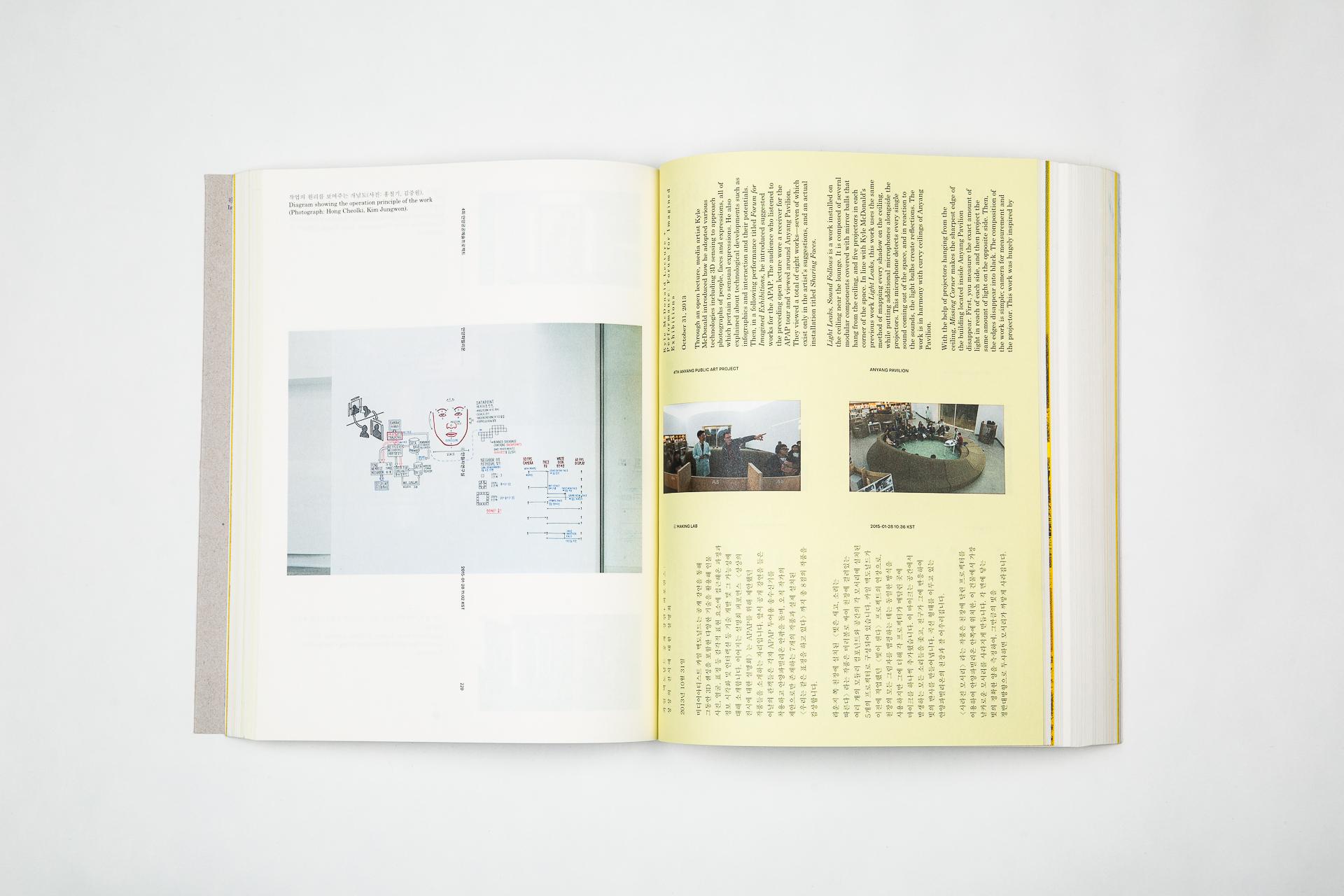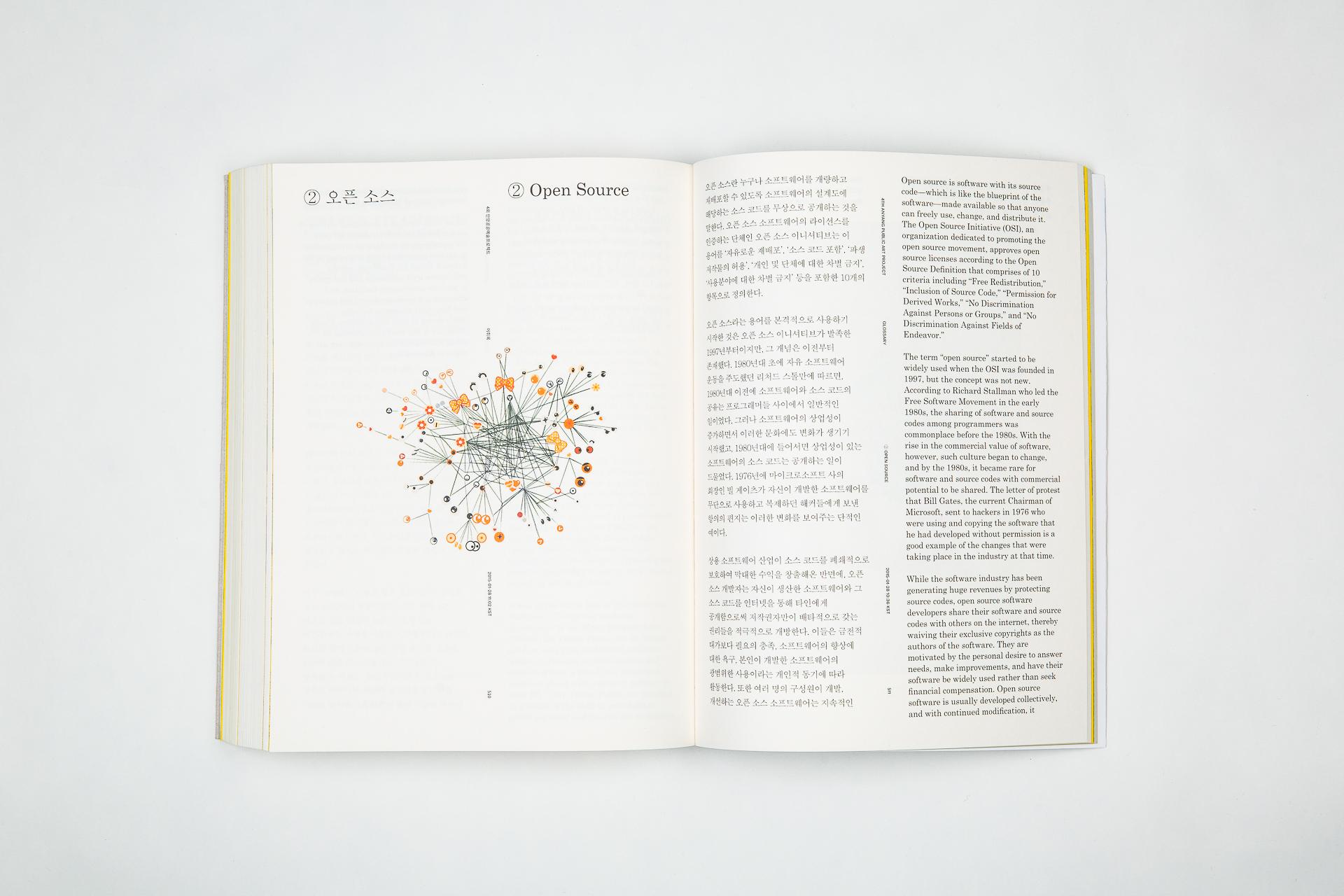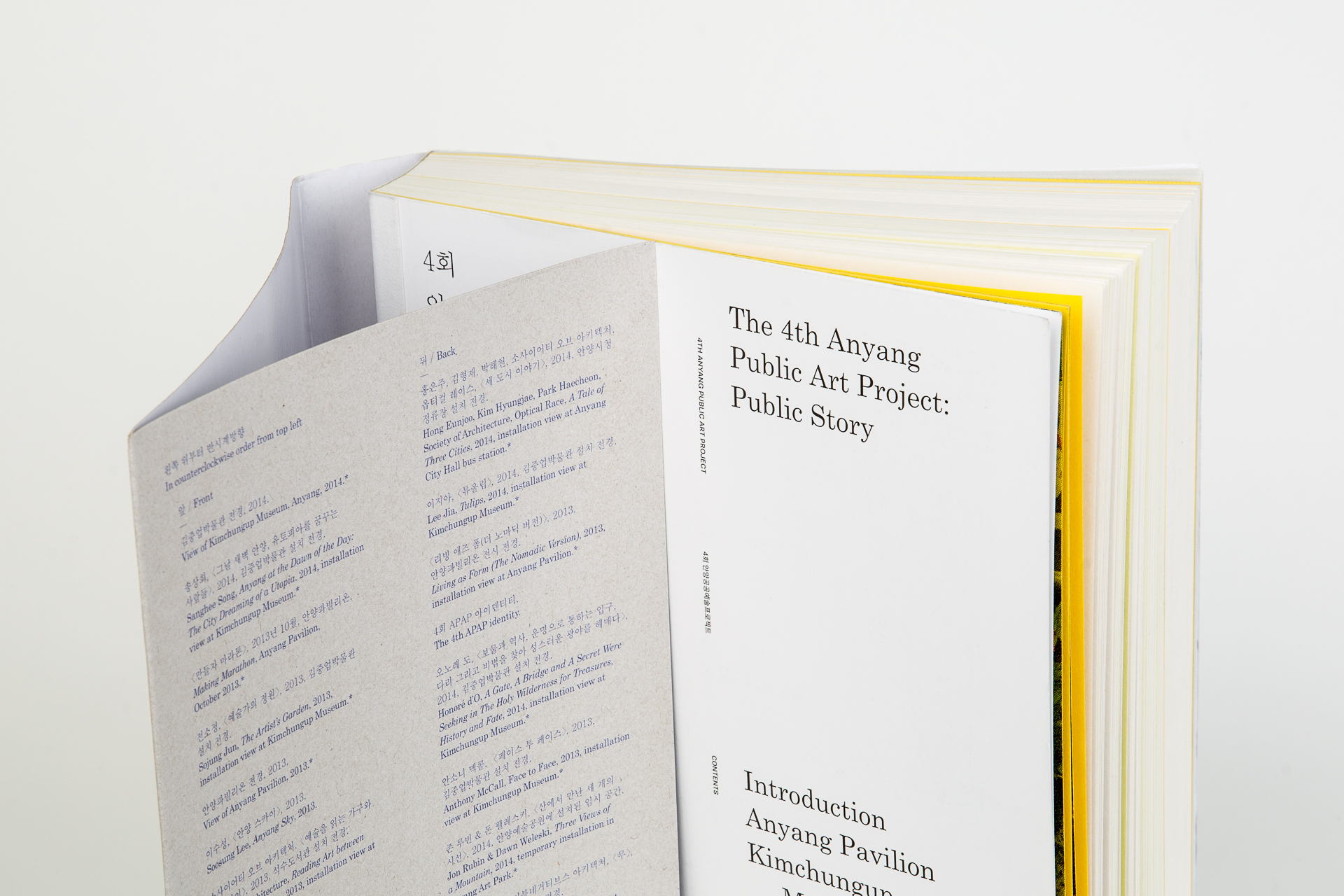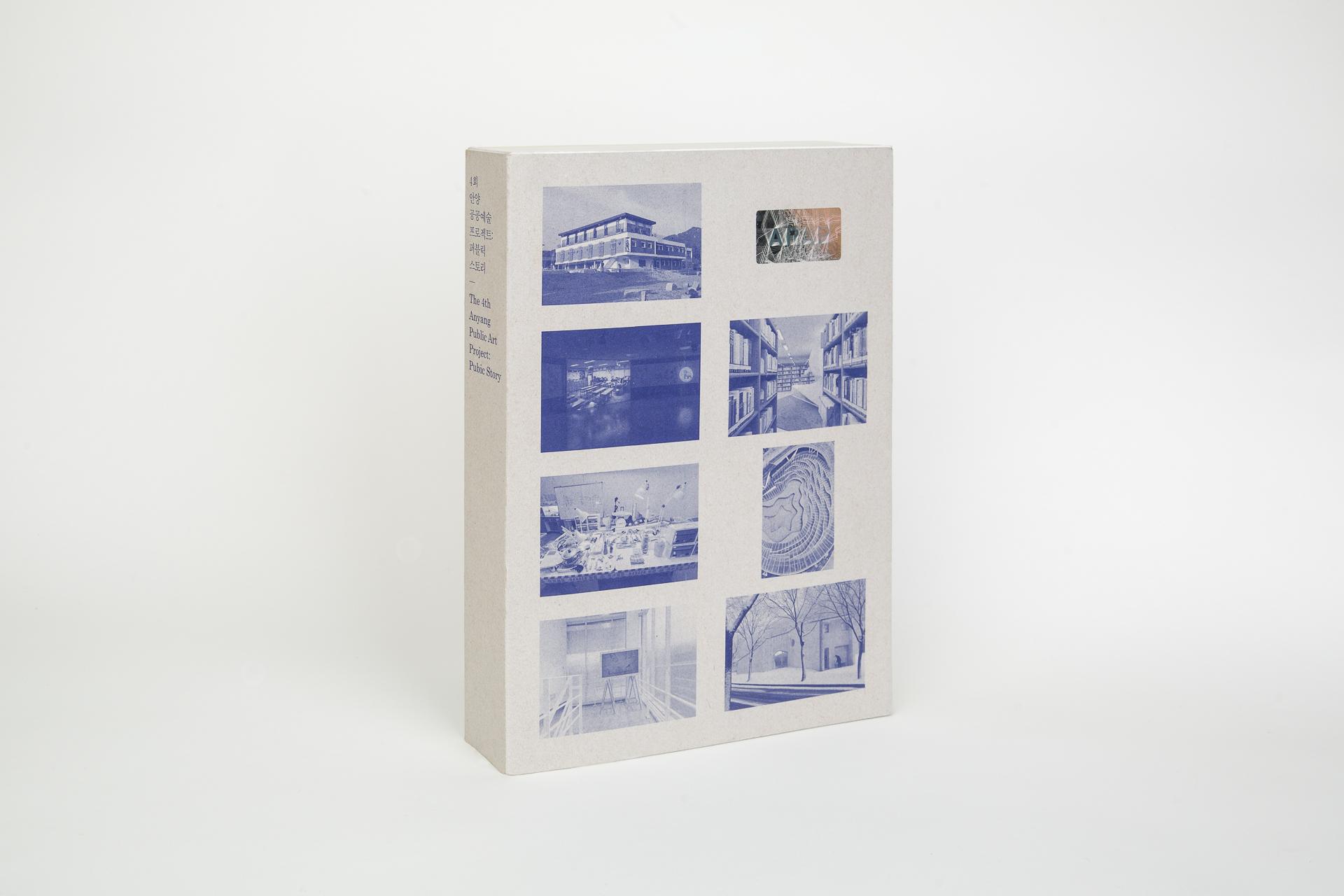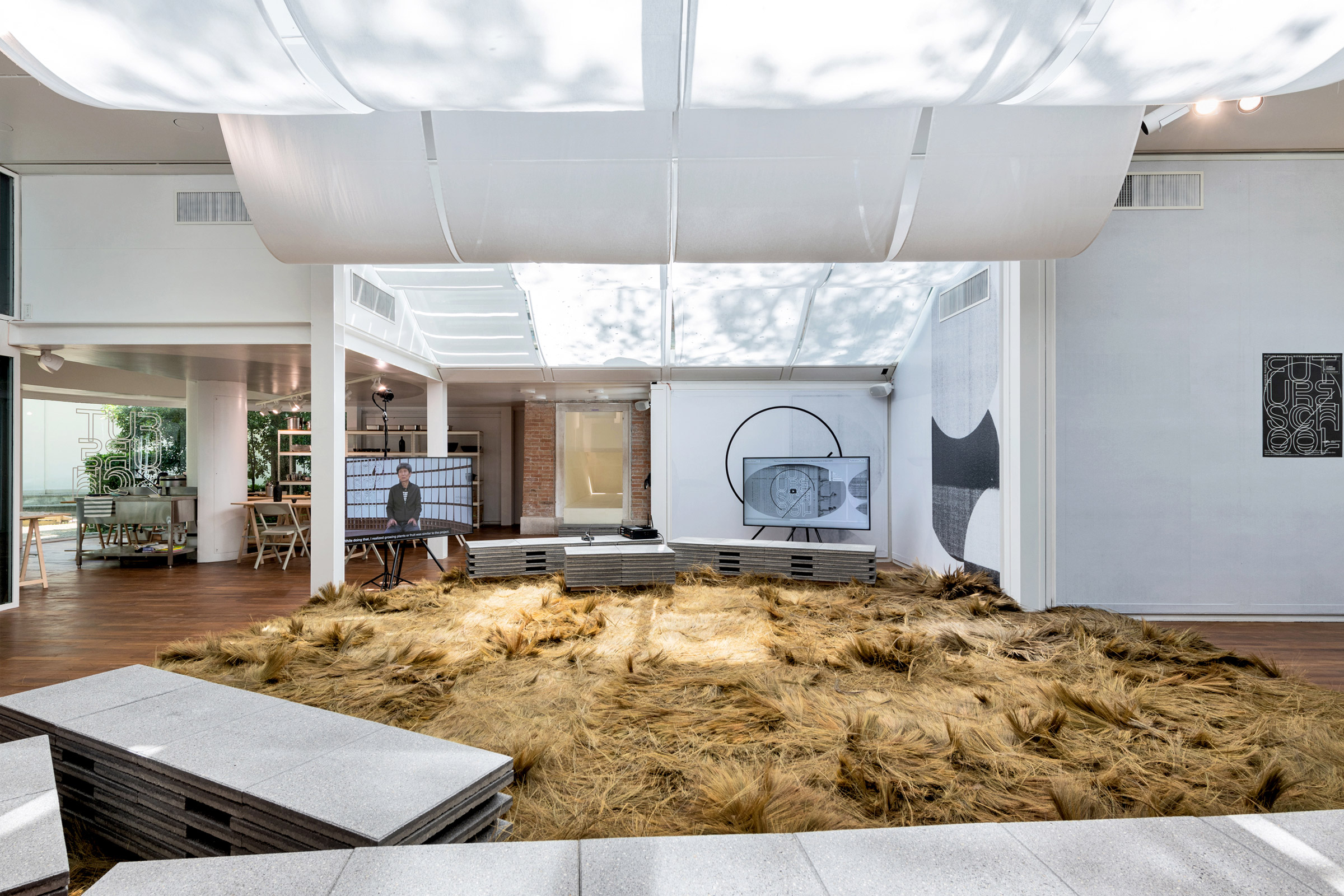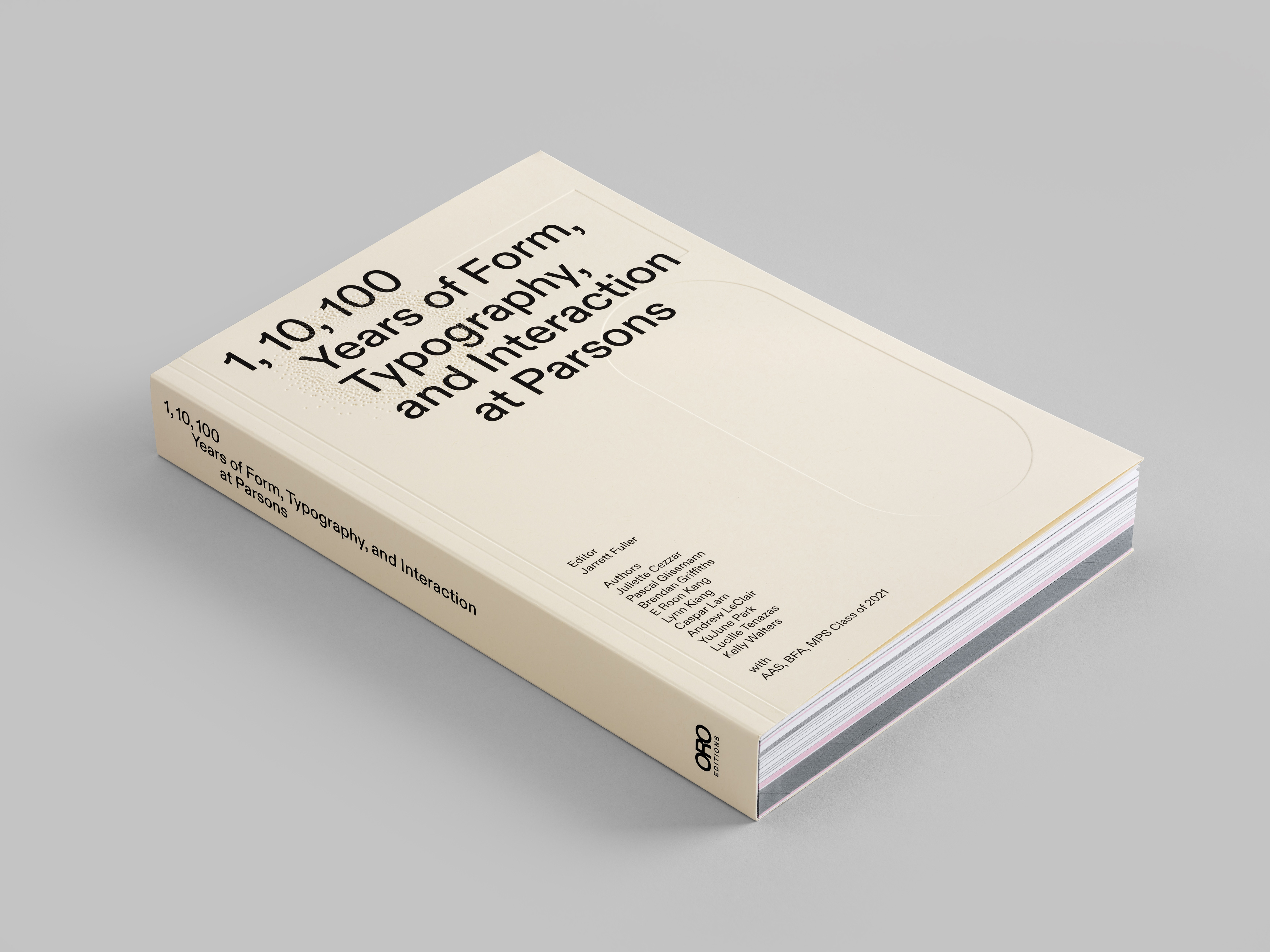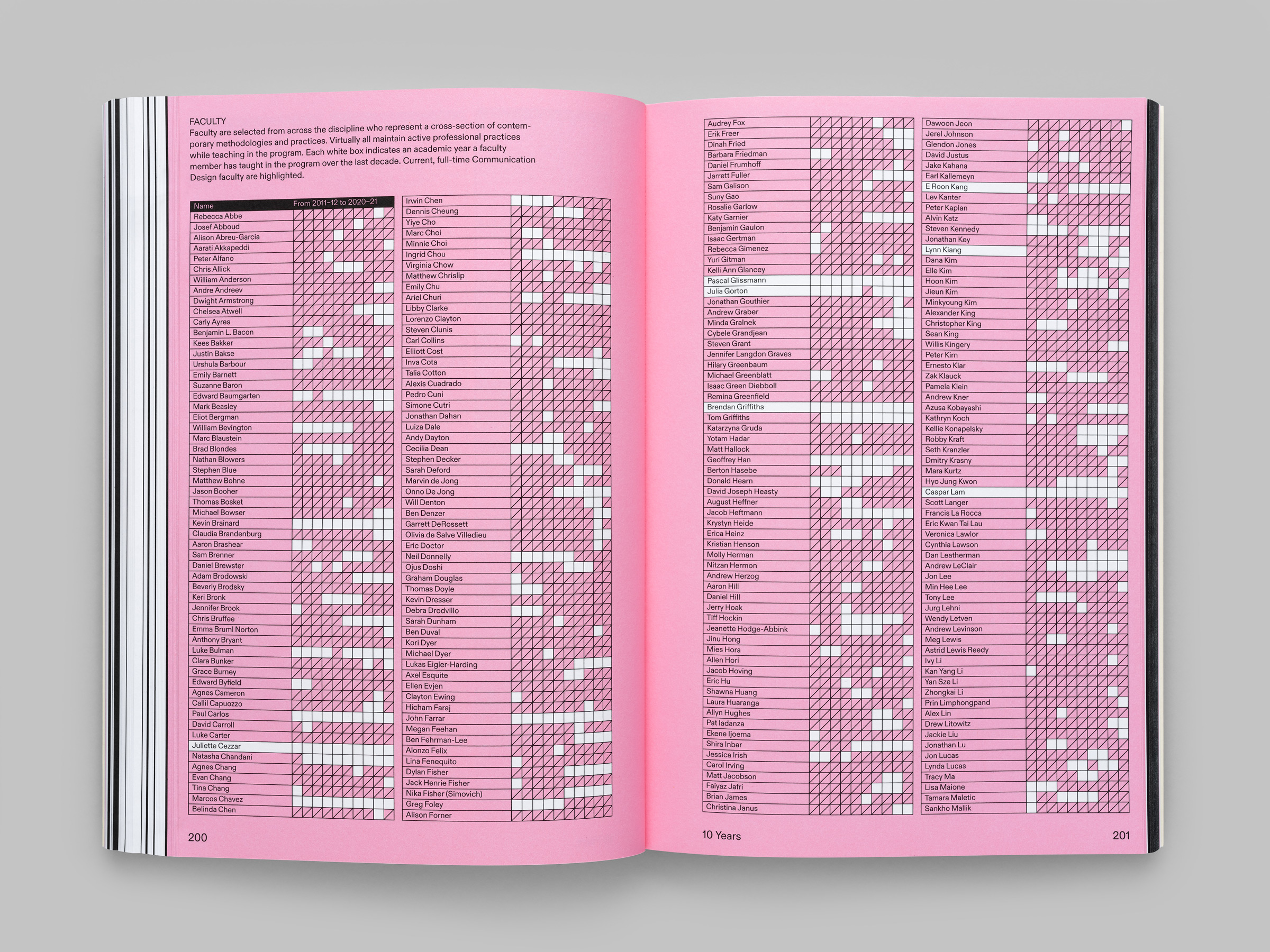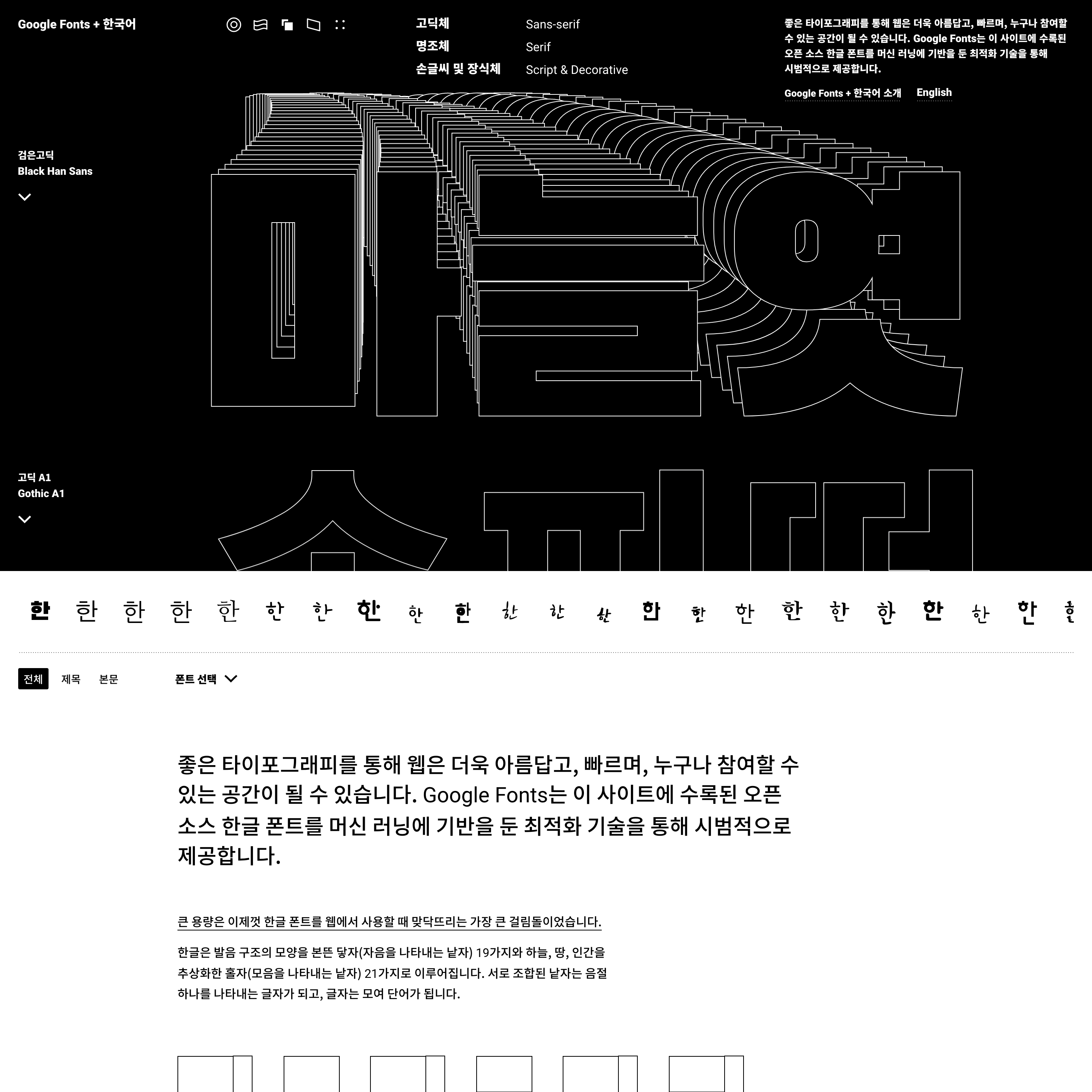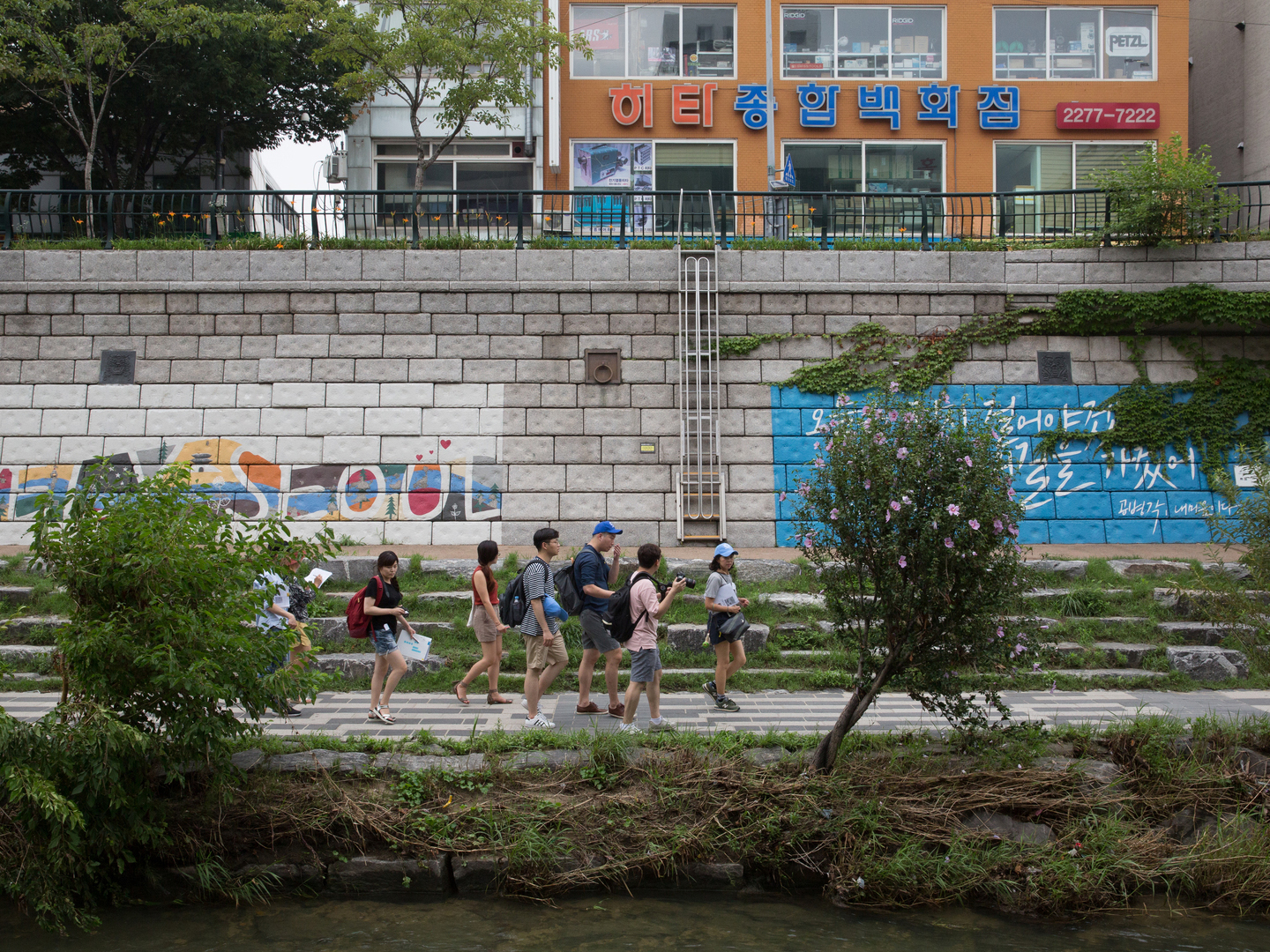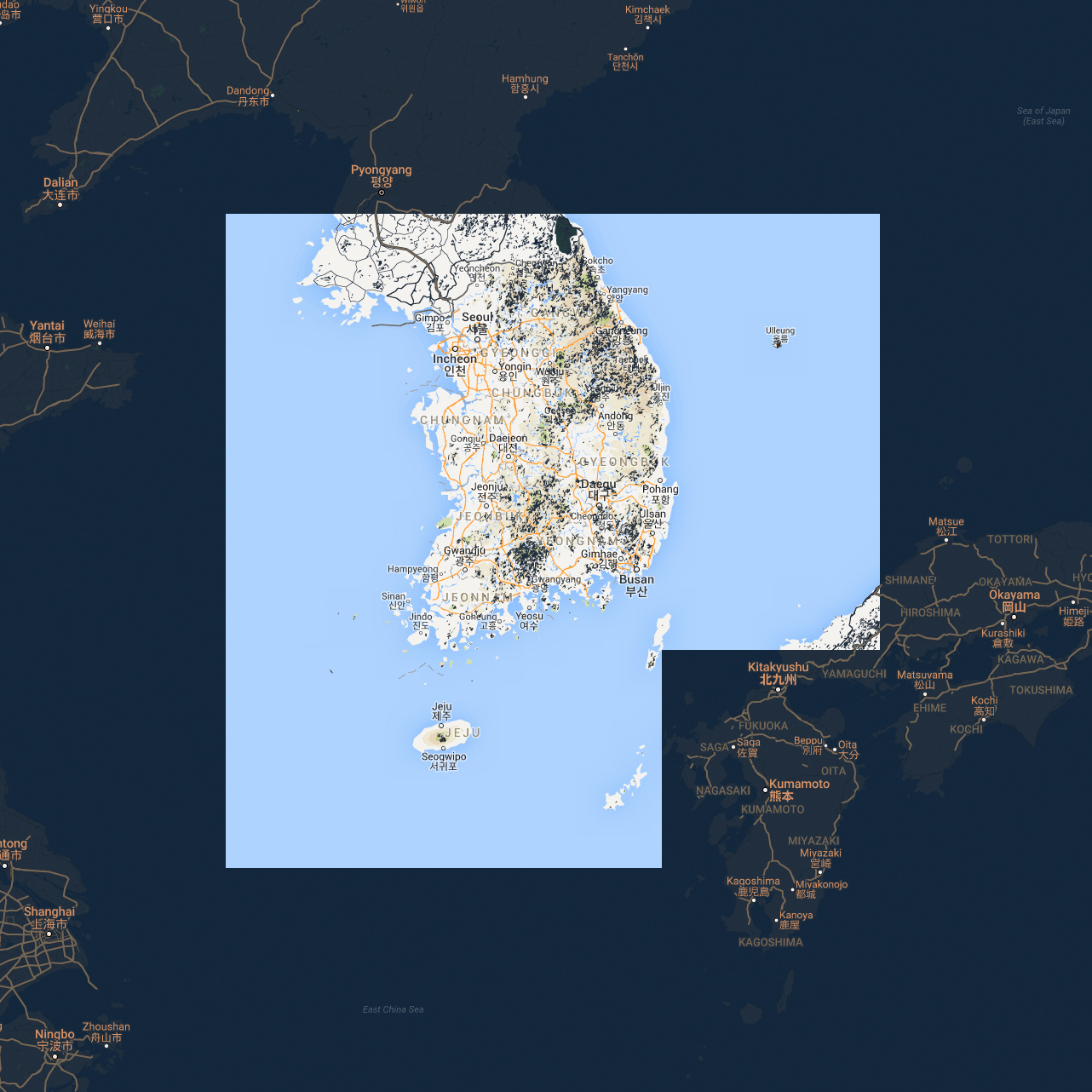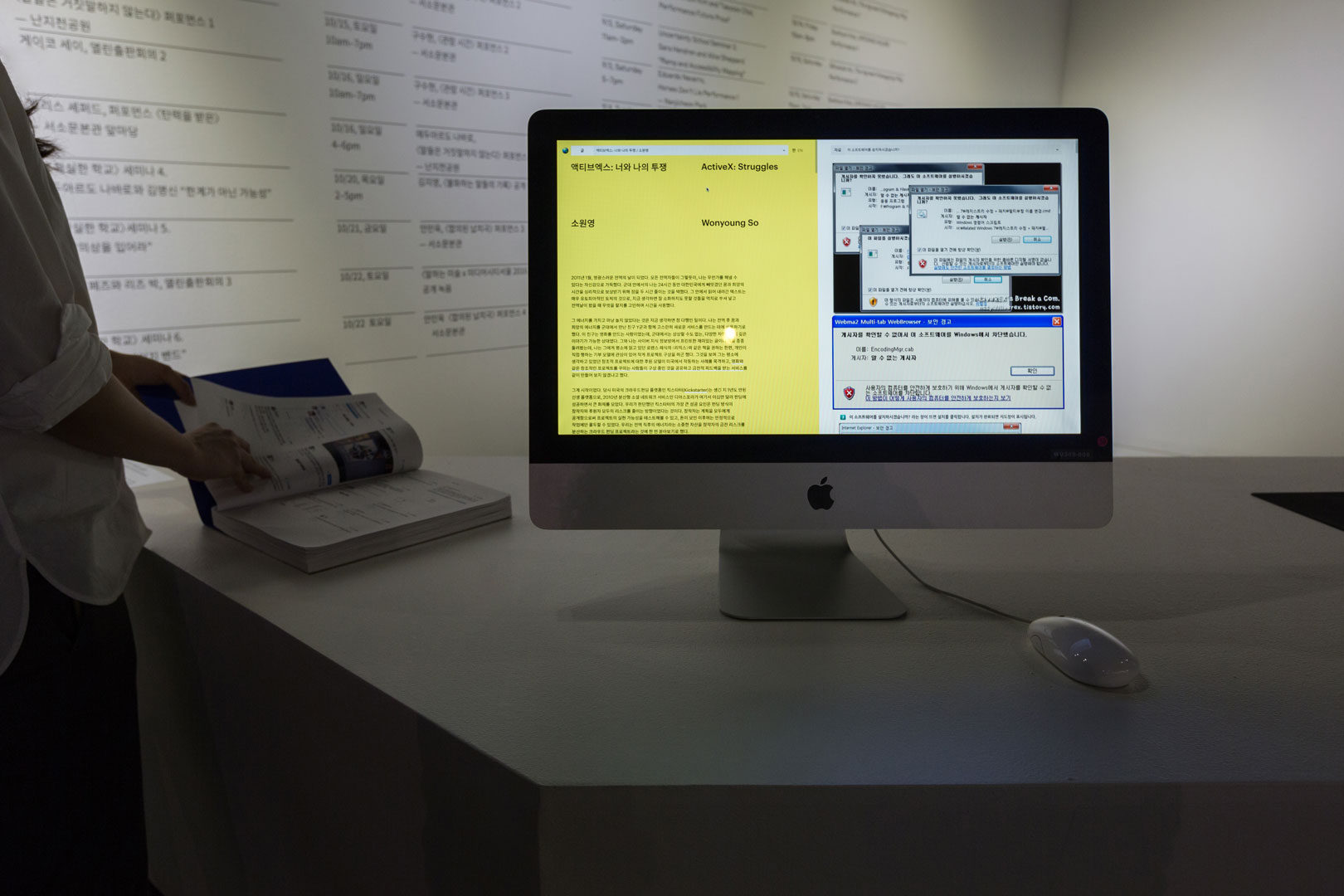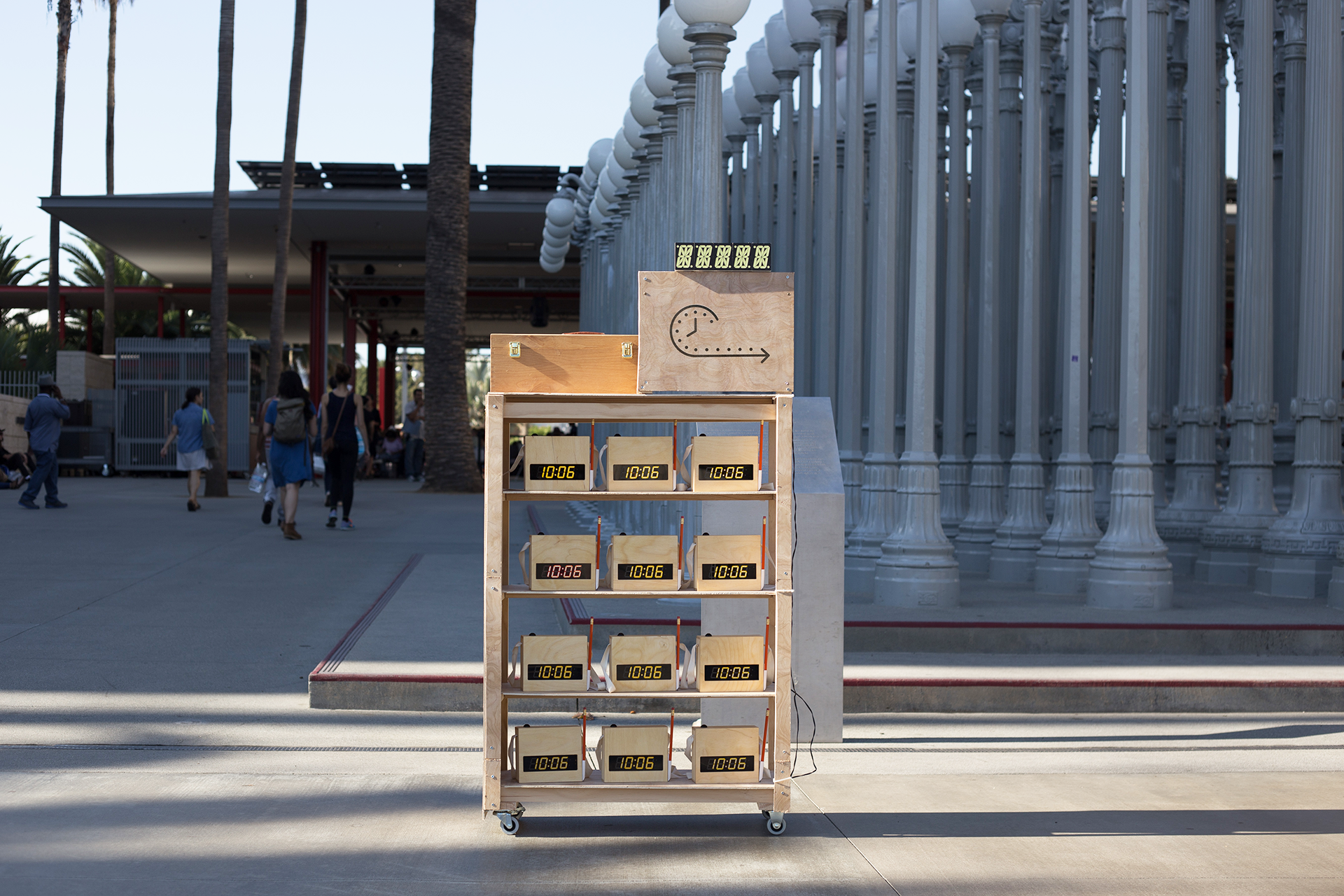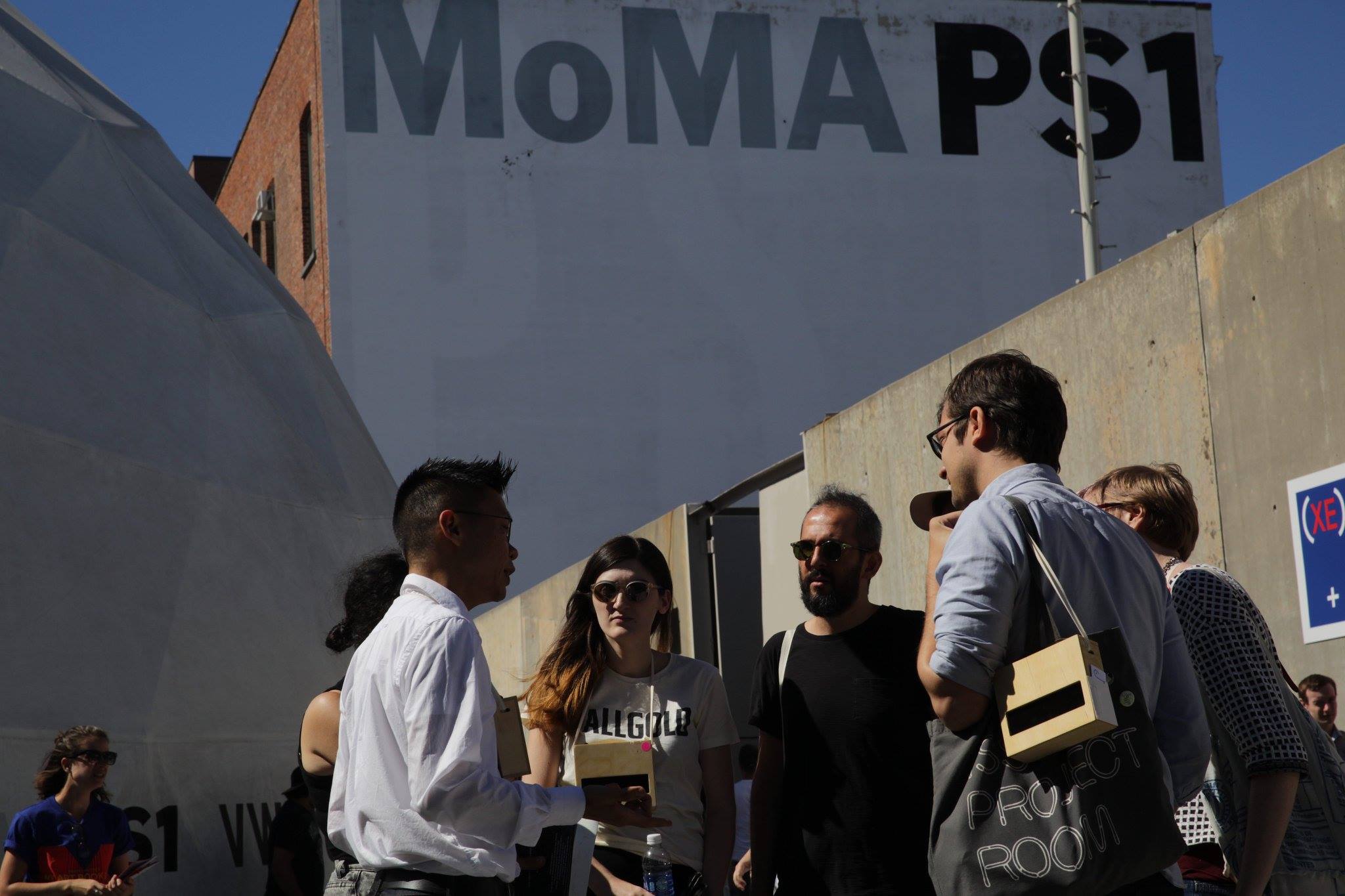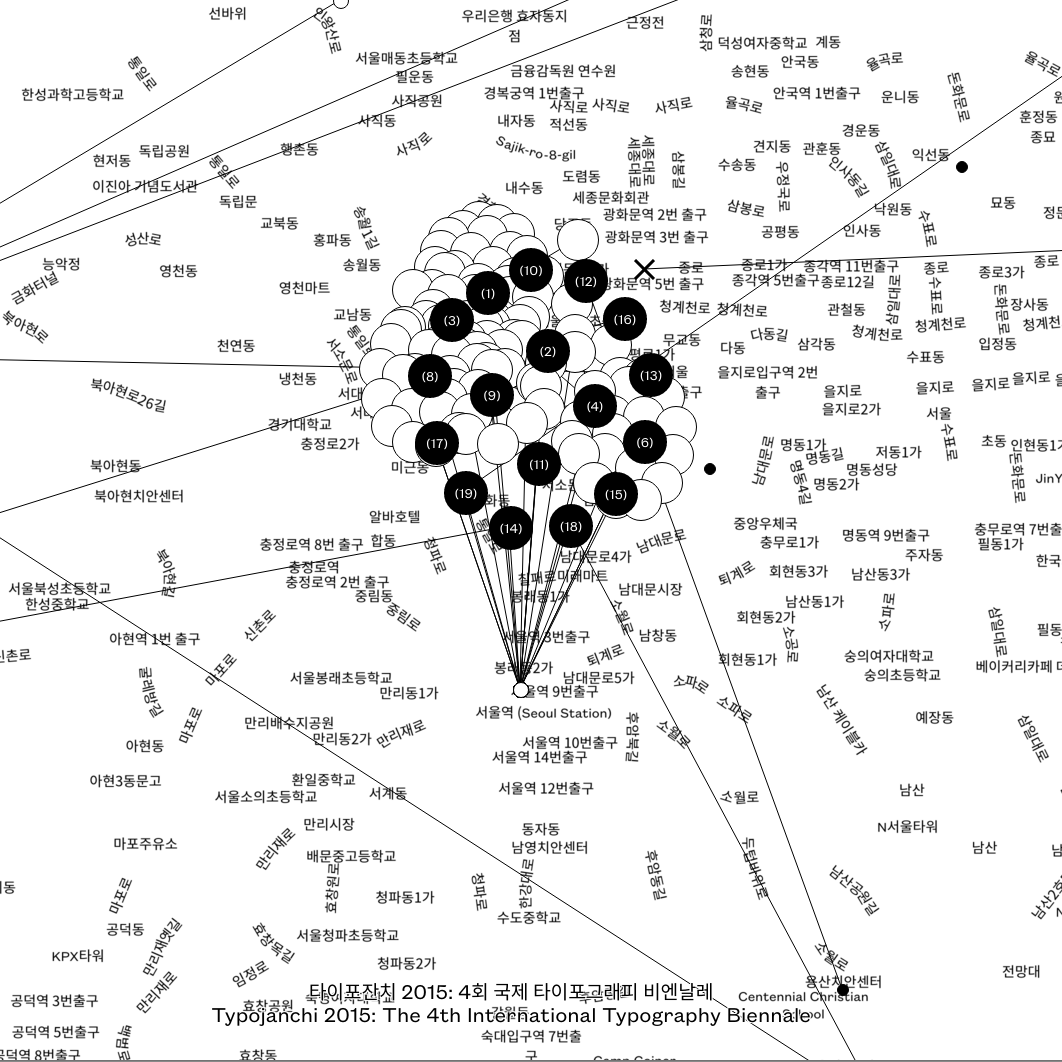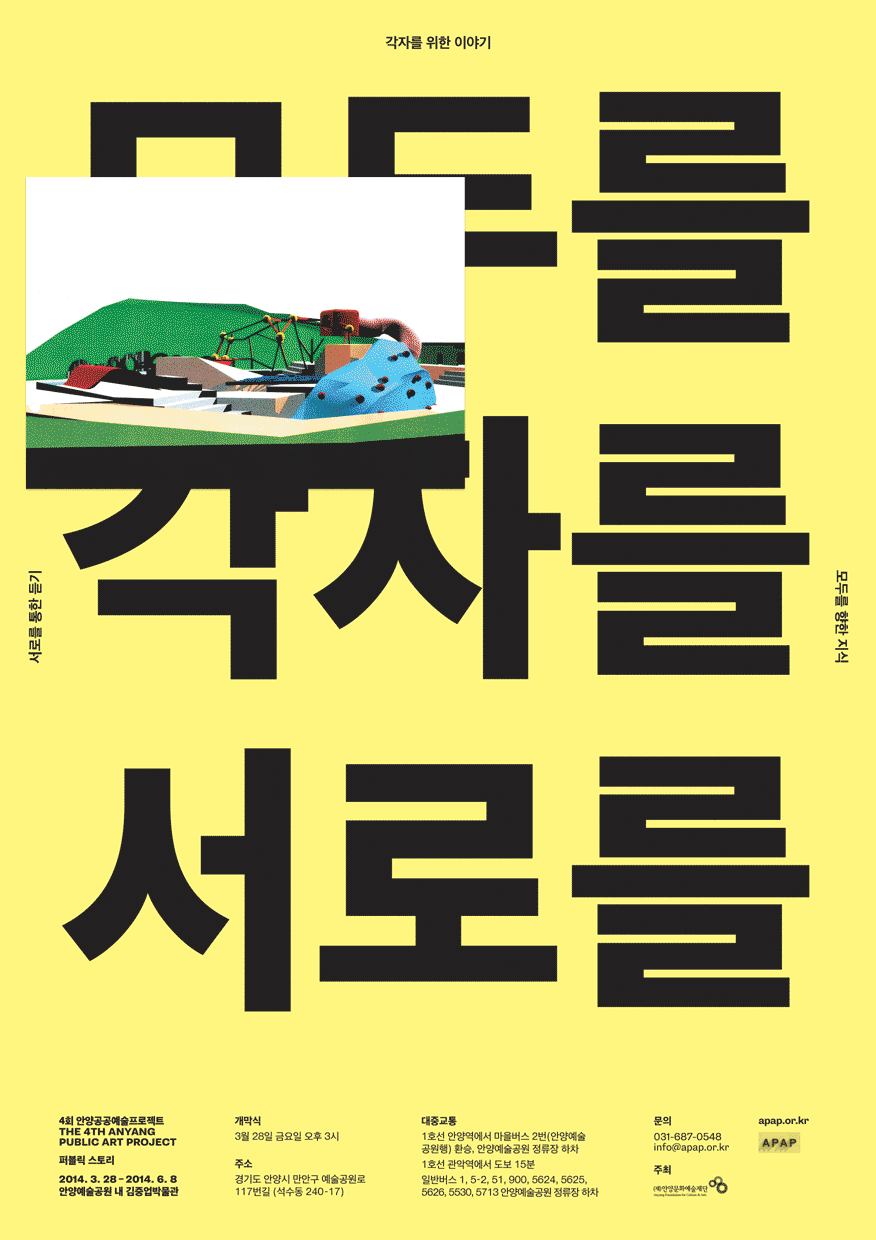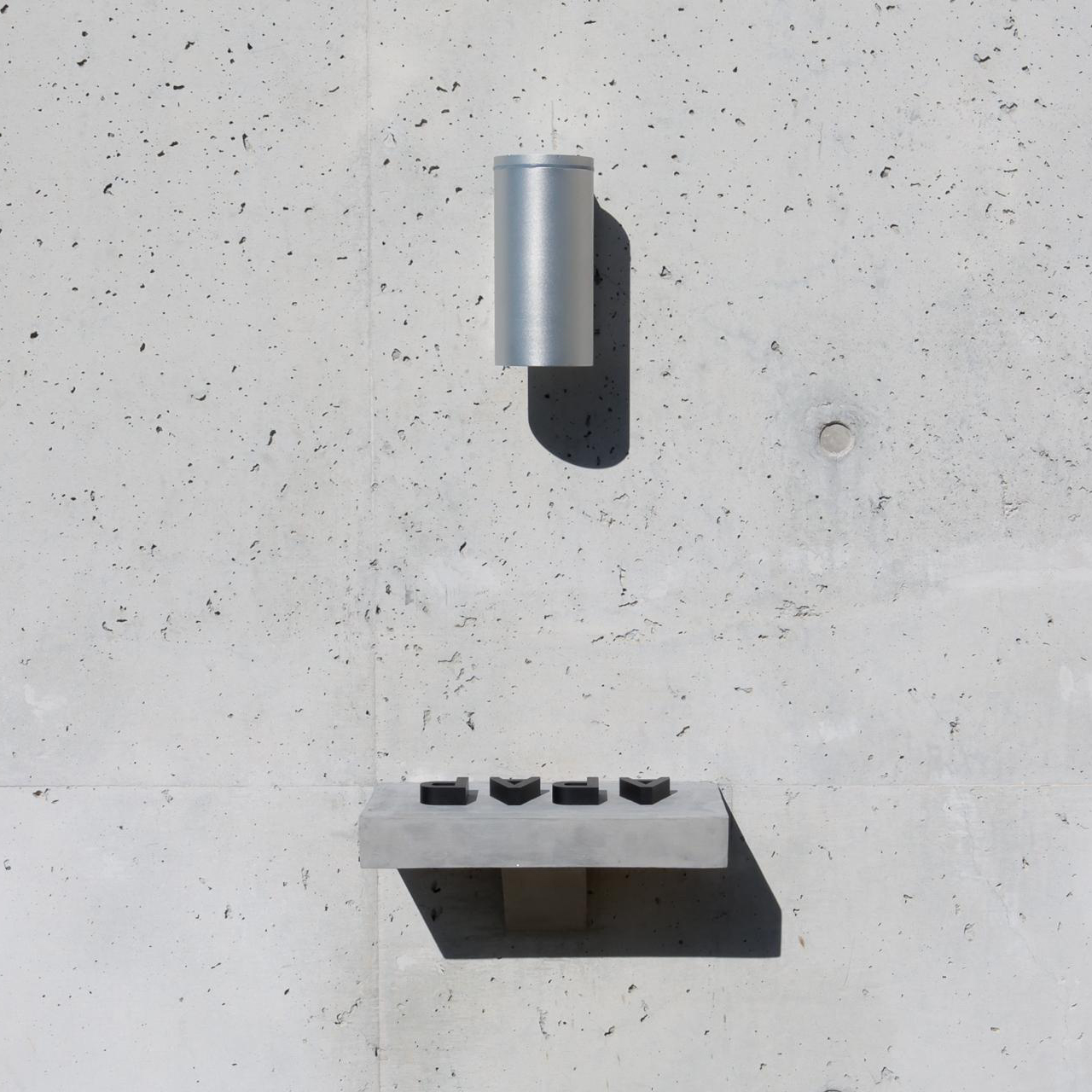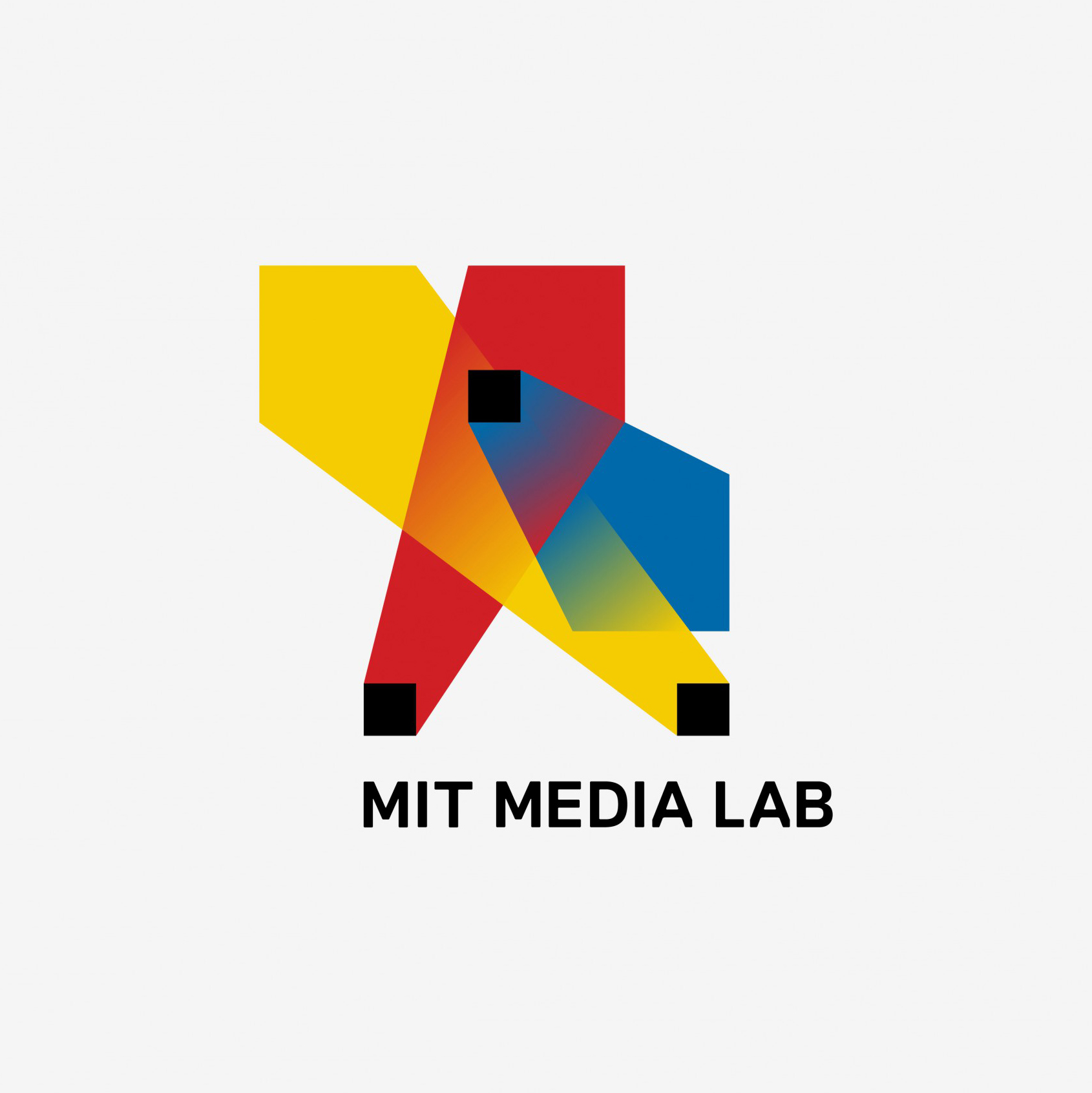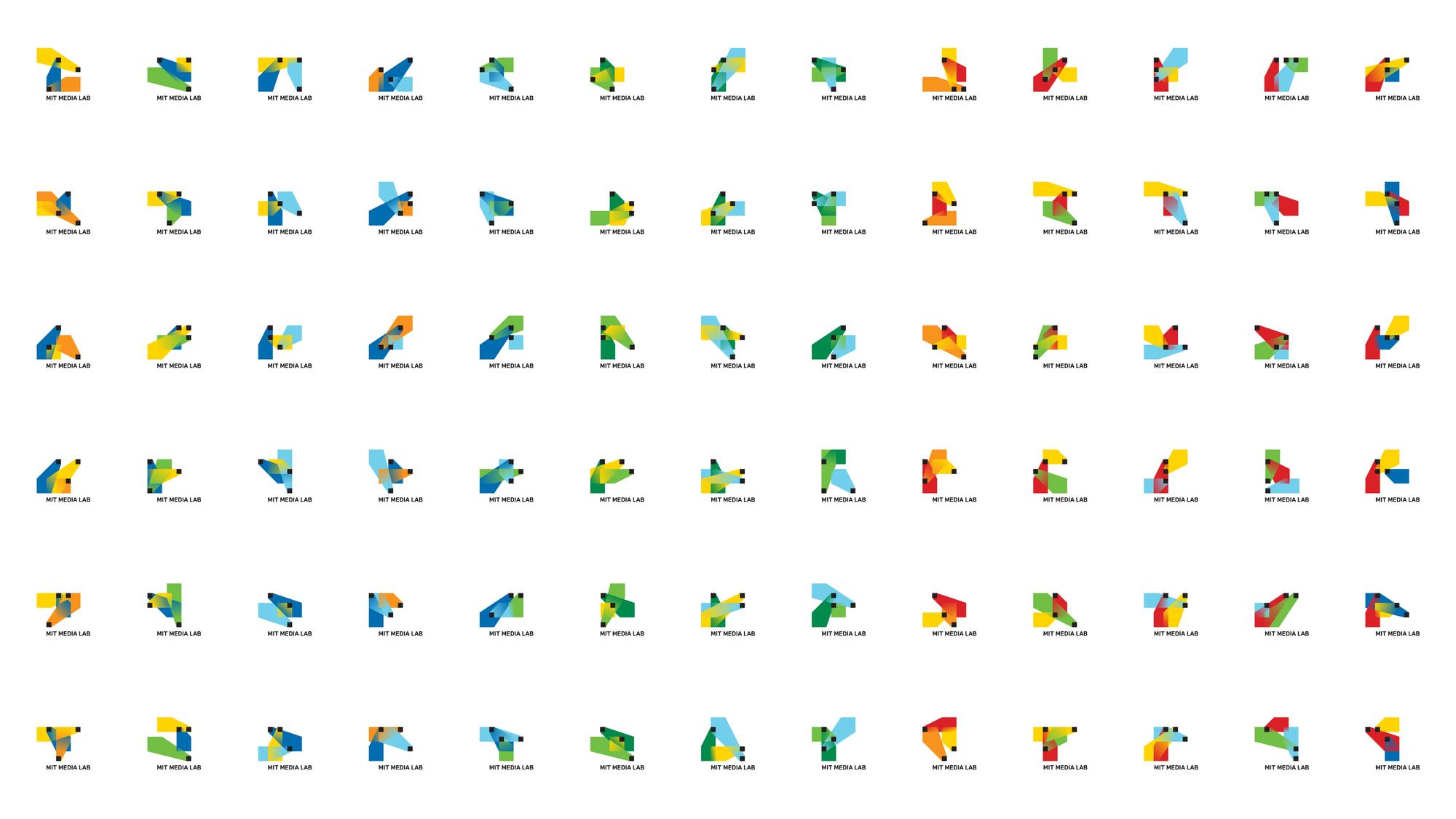The identity and designs for Anyang Public Art Project (APAP) brings focus to ‘here’ and ‘now’, a snapshot existing in the contunuum of past and present of the festival. Featuring the four letters installed as blocks on a platform facing the sky, the identity system broadcasts the currency of the place through the footages of the letters photographed in 5-minute intervals. The ever-shifting shadows reveals the temporal and spatial nature of the festival, along with the human and natural interactions with its surroundings, make up the unique snapshots of the four letters — serving as real-time and participatory identity for the public art festival.
Anyang Public Art Project was held in the city of Anyang, a satellite city in the Seoul metropolitan area. The fourth edition of APAP focused on archiving the commissions from past editions and developing programs and other infrastructure for the future.
Design Director
Designer
Hyo Kwon, Yejin Cho, Wonyoung So
Programmer
Design Interns
Steve Choi
Yujin Lee
Video Editing
Time-lapse Photography
Jongchul Lee
Exhibition Photography
Cheolki Hong
A festival can be viewed as a relational database. Its overarching theme is manifested through the network of artists, artworks, exhibitions, venues, and public programs. The designed artifacts for a festival can be thought of as representations of this shared database.
The official catalog for the fourth APAP was created using the website as its content source. Users can compose their own APAP catalogue and generate a PDF through an interface similar to an online shopping cart, with images and texts laid out according to a predetermined template logic. When a webpage is added to the site, it is automatically included in the pool of pages and made available for the catalog.
A special edition of 300 printed copies was generated using the system, and professionally printed and bound as the official documentation of the 4th APAP.



